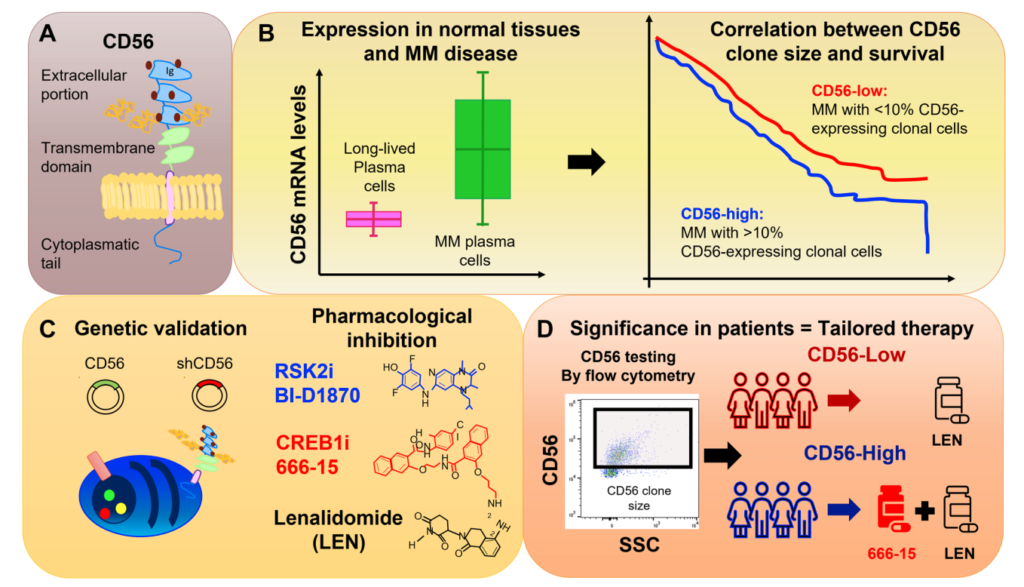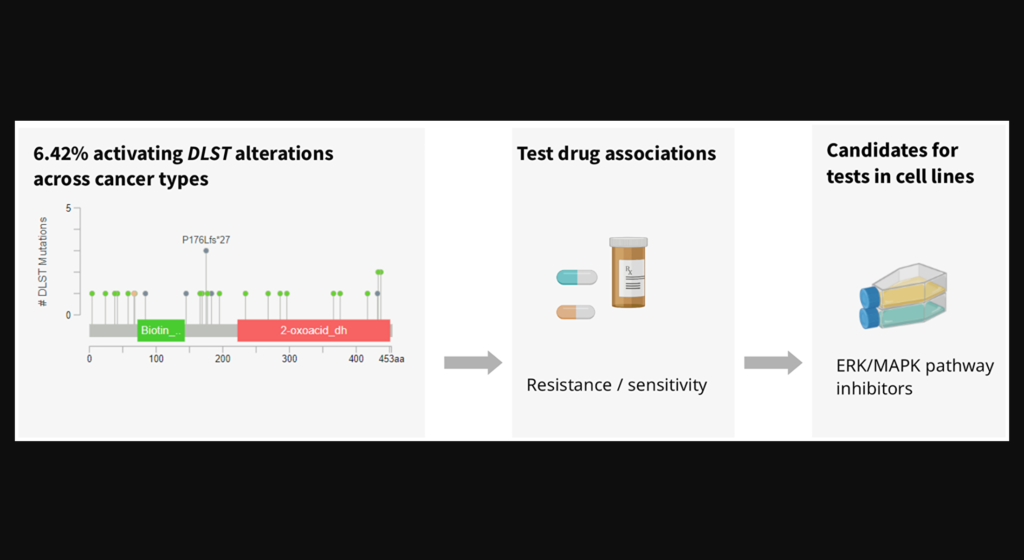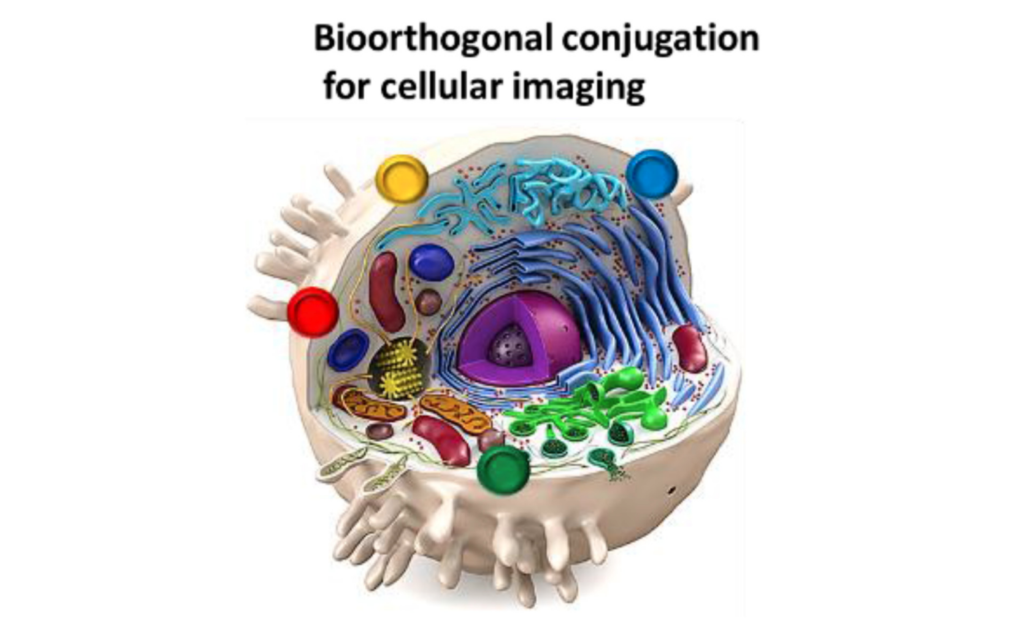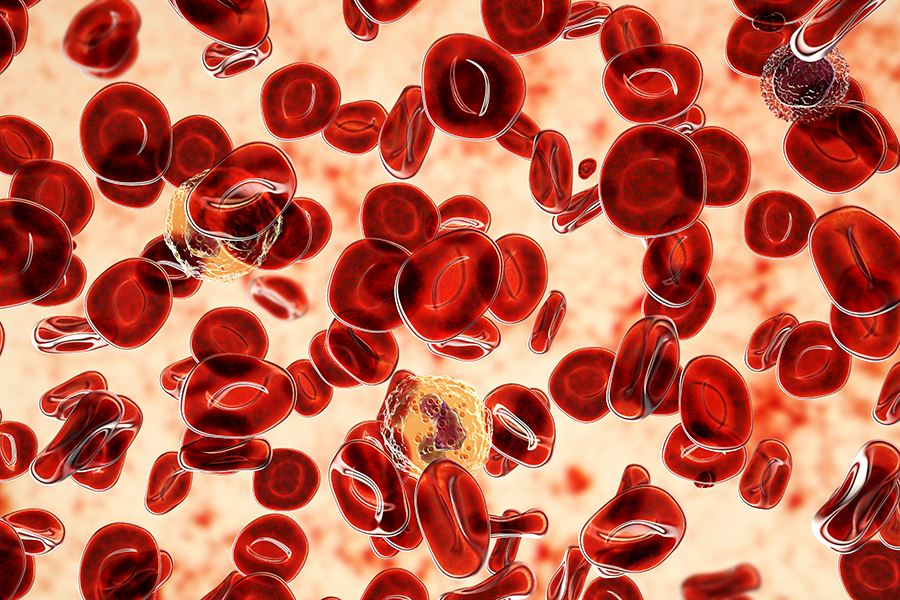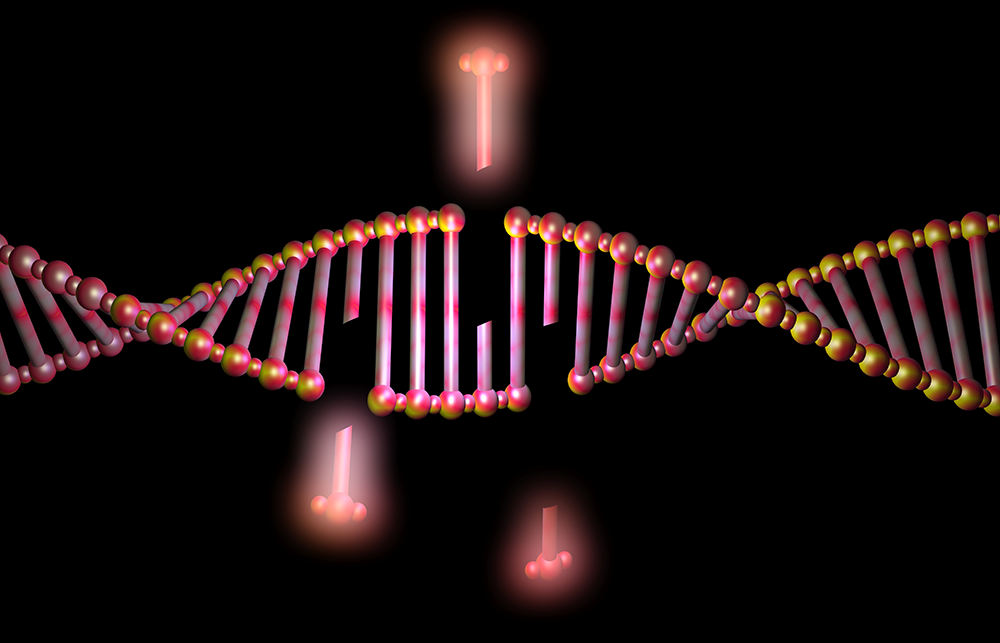In a new editorial paper, researchers from the University of Oxford explore challenges and potential solutions for controlling glycolytic flux by blocking lactate transporters in disease therapies.
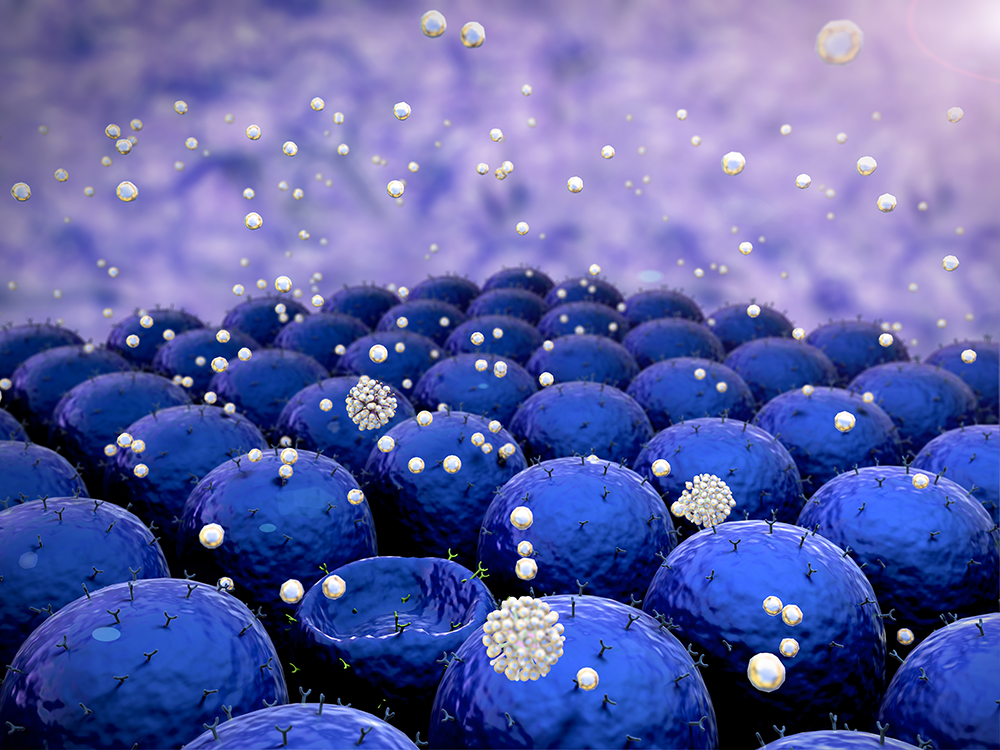
The Trending With Impact series highlights Oncotarget publications attracting higher visibility among readers around the world online, in the news, and on social media—beyond normal readership levels. Look for future science news about the latest trending publications here, and at Oncotarget.com.
—
The process of glycolysis, or the conversion of glucose to energy in cells, is a critical component of many biological processes. This process is highly regulated, and glycolytic flux has been implicated in a variety of disease states, including cancer and diabetes. Despite significant advances in our understanding of glycolysis, researchers continue to find it difficult to control glycolytic flux.
“Overall, glycolysis facilitates tumour proliferation and survival, and has become a hotly-pursued target for therapeutic inhibition.”
In a new editorial paper, researchers Wiktoria Blaszczak and Pawel Swietach from the University of Oxford explored the challenges of this issue and potential solutions. On January 26, 2023, their editorial was published in Oncotarget and entitled, “Permeability and driving force: why is it difficult to control glycolytic flux by blocking lactate transporters?“
“In our recent study (Blaszczak et al. (2022)), using a panel of pancreatic ductal adenocarcinoma cell lines, we characterised how extracellular acidity feeds back to inhibit further glycolytic acid production [6].”
Blocking Lactate Transporters: Challenges
Lactate is produced as a byproduct of glycolysis. Lactate transporters are responsible for moving lactate out of cells. Blocking these transporters has long been thought of as a potential way to slow or stop glycolytic flux. However, as the authors of this editorial point out, attempts to do so have been met with limited success.
One of the key challenges in blocking lactate transporters is their complex regulation. These transporters are highly permeable to lactate, meaning that even small changes in their activity can have a significant impact on lactate flux. Additionally, lactate transporters are regulated by a variety of factors, including pH, ion concentrations and intracellular signaling pathways. This complexity makes it difficult to design drugs that selectively target lactate transporters without affecting other cellular processes.
Another challenge in blocking lactate transporters is the driving force that fuels lactate transport. The movement of lactate out of cells is driven by a concentration gradient, meaning that lactate moves from areas of high concentration to areas of low concentration. However, this gradient is often very small, meaning that even small changes in the activity of lactate transporters can have a significant impact on lactate flux. Additionally, lactate transporters are often coupled with other transporters, such as H+ transporters, which can further complicate efforts to block lactate transport.
Blocking Lactate Transporters: Solutions
Despite these challenges, the authors suggest that there may be ways to overcome them and better control glycolytic flux by targeting lactate transporters. One potential approach is to develop drugs that selectively target lactate transporters and are not affected by other cellular processes. This could be achieved by exploiting the structural differences between lactate transporters and other transporters. Additionally, targeting the intracellular signaling pathways that regulate lactate transporters could be a way to more selectively block lactate transport.
Another potential approach to controlling glycolytic flux is to target the driving force that fuels lactate transport. This could be achieved by altering the concentration gradient of lactate, either by blocking lactate production or by increasing lactate consumption. Additionally, targeting other transporters that are coupled with lactate transporters, such as H+ transporters, could be a way to indirectly control lactate transport and glycolytic flux.
“Overall, a decrease in permeability will increase driving force, thereby restoring flux.”
Conclusion
Overall, the researchers highlight the complex nature of lactate transport and the challenges that must be overcome to control glycolytic flux by blocking lactate transporters. Additionally, the authors suggest that there are potential solutions to these challenges and that continued research could lead to new insights into the regulation of glycolysis and the development of new therapies for diseases associated with alterations in glycolytic flux.
“Regardless of the chosen approach, it is likely that any successful therapeutic strategy for targeting glycolysis will be multifaceted to overcome some of the intricacies of complex pathways.”
Click here to read the full editorial published in Oncotarget.
ONCOTARGET VIDEOS: YouTube | LabTube | Oncotarget.com
—
Oncotarget is an open-access, peer-reviewed journal that has published primarily oncology-focused research papers since 2010. These papers are available to readers (at no cost and free of subscription barriers) in a continuous publishing format at Oncotarget.com. Oncotarget is indexed/archived on MEDLINE / PMC / PubMed.
For media inquiries, please contact media@impactjournals.com.

